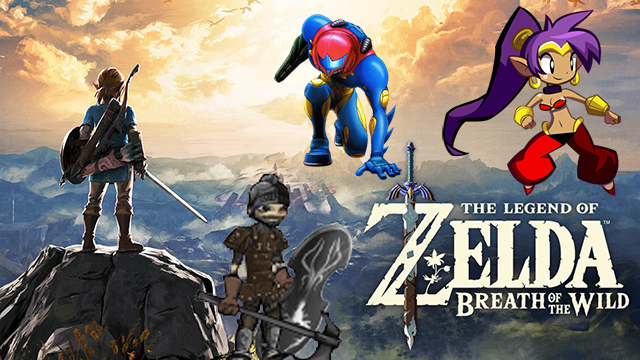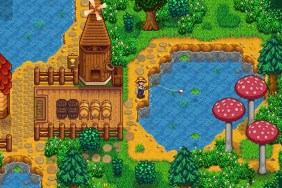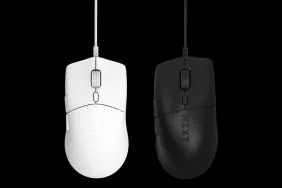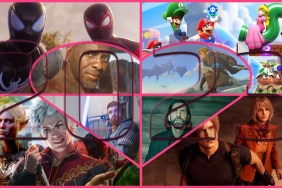The term “open world” has been commonplace for decades now in videogames. Generally speaking, open world titles push the size and scope of what’s possible in an exceedingly vast 3D space, are intended to be extremely immersive, and offer a myriad of sights to see and things to do. These totals often amount to far more than your average sane individual could ever hope to accomplish.
That’s all well and good, but it’s a bit of a dry definition. After all, not every open world title meets these specific requirements. Early on in the term’s life it more commonly referred to vast cityscapes brought about by the likes of Grand Theft Auto and later Saint’s Row or Just Cause, and even licensed releases such as Spiderman 2 and The Incredible Hulk: Ultimate Destruction in the PS2 days. As most know, it’s Grand Theft Auto III that generally gets credit for establishing “open world” as we now know it today, even if there are a number of absurdly large titles that preceded it. Elder Scrolls II, anyone? Of course, if you’re going to include procedurally generated worlds, then one would need to also count No Man’s Sky as open world, and I don’t know anybody who does. It’s simply a different beast.
Still, I can’t help but feel that the two units of language forming the buzz term “open world” have been ever so slightly pigeonholed, especially when it comes titles created in 2D. The curious thing about 2D is that it possesses the uncanny ability to offer both literal open, vast playspaces (think A Link to the Past, Pokémon, and other large top-down adventure games and RPGs), but also sidescrolling experiences that, though generally more linear, feel interconnected in ways conducive to worldbuilding and continuity that make them feel open world, even if they technically are are not. The Metroidvanias of the world, among others.
.
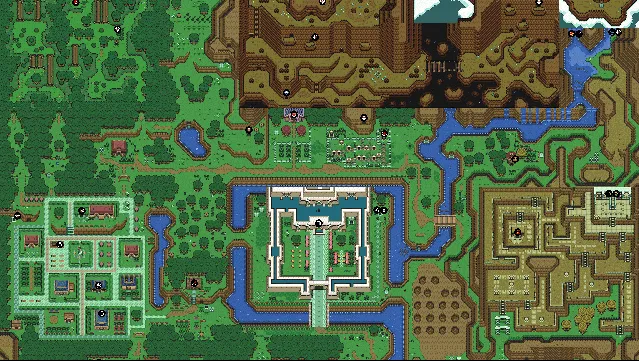
.
If you loosen the reigns on the term a bit, suddenly all sorts of 2D experiences begin to creep in and fit the open world mold. An obvious example is the Metroid series. My first foray into Metroid was Fusion on my Game Boy Advance at the age of 12. Unfamiliar with what the GTA’s of the day and Witcher’s of the future could offer, the experience was among the most sprawling and vast I’d ever encountered. Sans a smartphone or regular internet access, I filled notepaper with reminders and scribbles about where points of interest, not-yet-solvable challenges, or just simply graphically impressive locales were situated. Sure there was an in-game map, but notes-to-self somehow felt more effectual. At that age, techniques one might perform were the game scenario brought to life somehow just worked better.
The irony of this, of course, is that the limitless sprawl of the 3D open-world behemoths we now experience several times per year don’t always demand survival instinct or pointed attention. Geographically perfect maps (even in medieval settings), interestpoint icons galore, and the prevalence of “Ubisoft towers” all serve functional purpose, but it’s debatable whether or not what’s lost in exchange is always worth it. Last year I spent a fair amount of time playing Salt and Sanctuary, known to many as “2D Dark Souls,” and the amount of mental duress required to slowly commit the game’s extensive and wholly interconnected 2D layout to memory, simultaneously while playing and surviving, was actually very, very refreshing.
It’s understandable why fast travel is so prevalent in today’s 3D open world selection (and, admittedly, it can be acquired in Salt and Sanctuary as well), but for a genre so intent on immersive experiences, there’s something conspicuously missing when the player isn’t forced to reach destinations the old-fashioned way. Titles like Zelda: The Wind Waker forced the issue more than most when released, but the size of your average AAA interconnected gamespace these days makes the enforcement of such draconian limitations on time-strapped gamers with jobs and families generally unreasonable. 2D titles, on the other hand, can absolutely still get away with it if they choose.
.
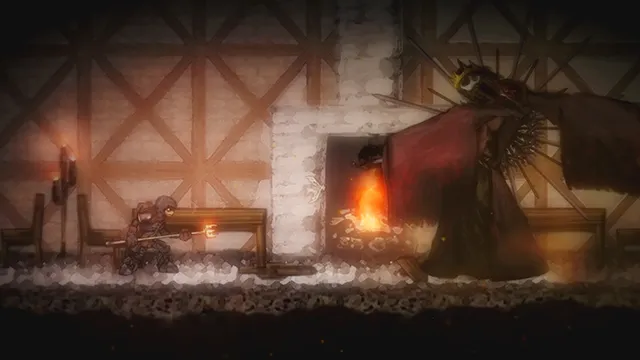
.
What if we push things a bit further though? Is it really just about the continuity of destinations the player experiences? A title like Muramasa: The Demon Blade takes a page from Metroid’s book by interconnecting its painterly hand-drawn scenes, and does so in a far more linear fashion. Yet to me its world felt unified, alive, and complete. Meanwhile, something like Shantae: Half-Genie Hero is about as structured as it gets, with Kirby’s Dreamland-style warping to a variety levels that change and evolve upon repeat visits and reveal just how deep their replayability goes.
What separates such an experience from, say, level-select in many Mario titles (which generally exists as a UI convenience beyond the fourth wall) is that Half-Genie Hero’s characters acknowledge its world’s connectedness, frequent its levels as though they were cities and towns, and gossip about experiences and hearsay both to the player and among themselves. As far as the zeros and ones racing through their tiny little hand-drawn brains are aware, Sequin Land is an open world. And if the fiction a game is pedaling sells that, then really who am I to judge? At least, that’s how it feels when playing.
.

.
Ultimately labels and buzzwords aren’t incredibly important, but with The Legend of Zelda: Breath of the Wild coming up fast and aiming to bring the franchise to the “open world” party the way Ocarina of Time brought it to 3D, a discussion of the topic feels appropriate and warranted. I spoke earlier of Mario, and what surprised many about the upcoming Super Mario Odyssey is that, likely freer from Miyamoto doctrine than ever before, Yoshiaki Koizumi finally intends to bring the plumber back to vast, Super Mario 64-style 3D spaces.
It’s difficult to predict where open world games are headed over the next five and ten-year periods, especially with technologies like VR looming and in many cases already here. And when the worlds that house platformers and action adventures are themselves exceedingly massive, does that not eventually render the term “open world” obsolete? If everything is, then nothing is. Regardless, that hasn’t happened yet, and in the meantime there are two fine examples releasing quite soon in Horizon Zero Dawn and The Legend of Zelda: Breath of the Wild. I think I’d best thoroughly enjoy those before I injure my brain over-thinking these concepts any further.
